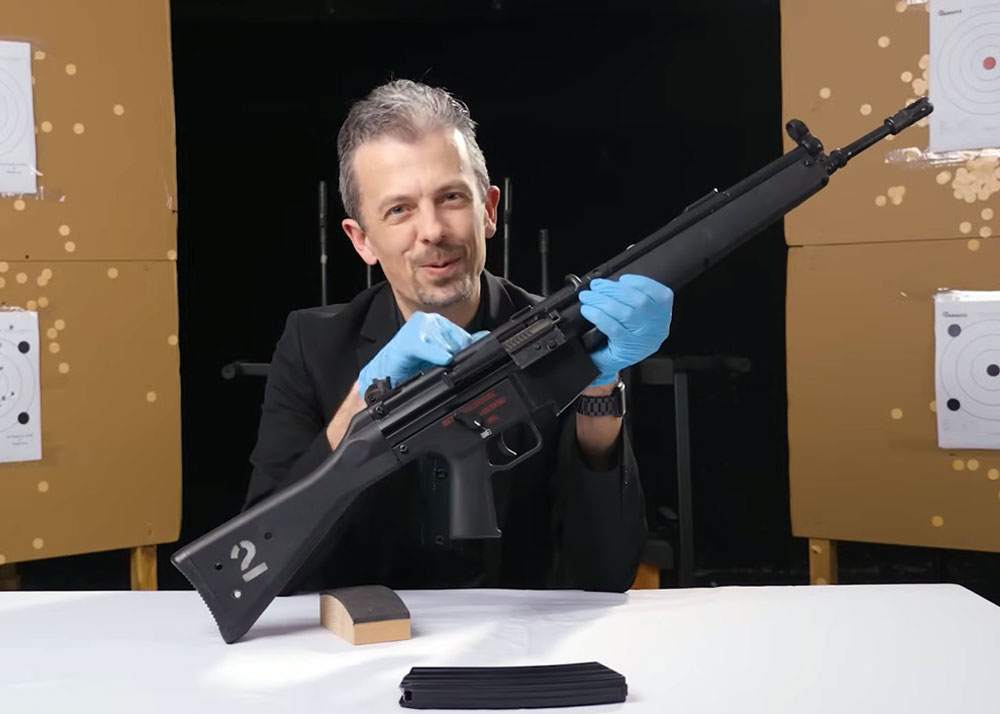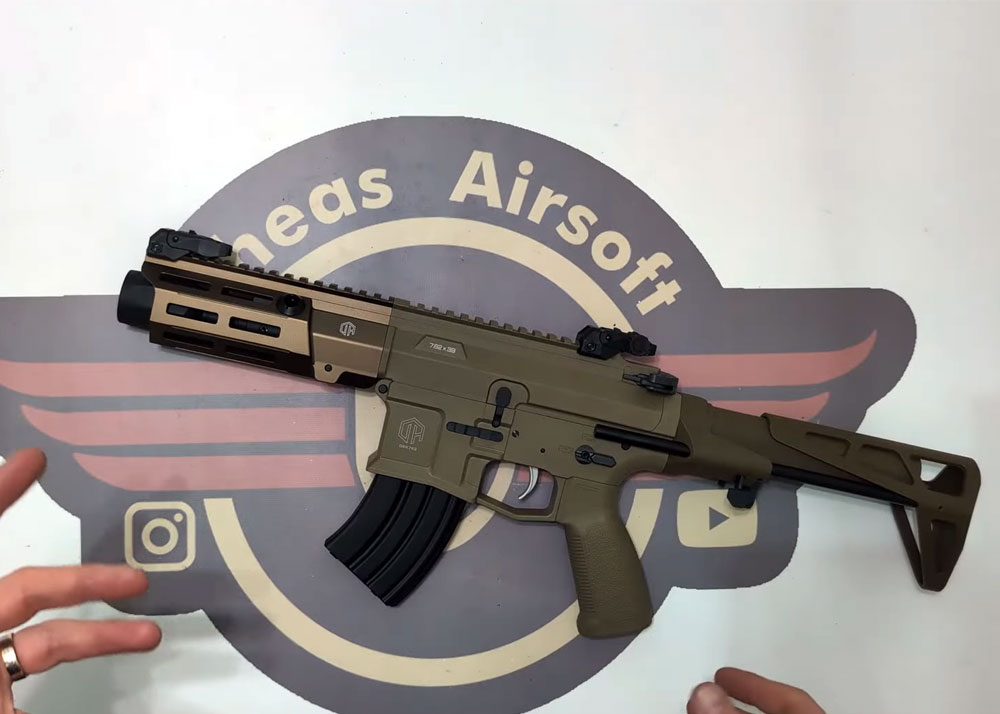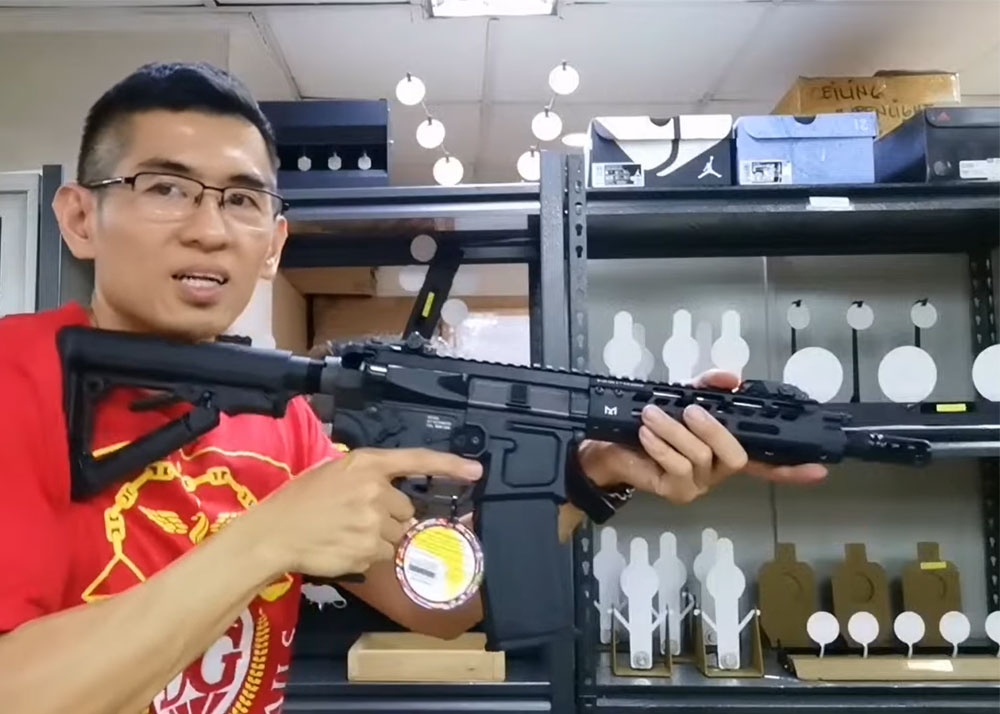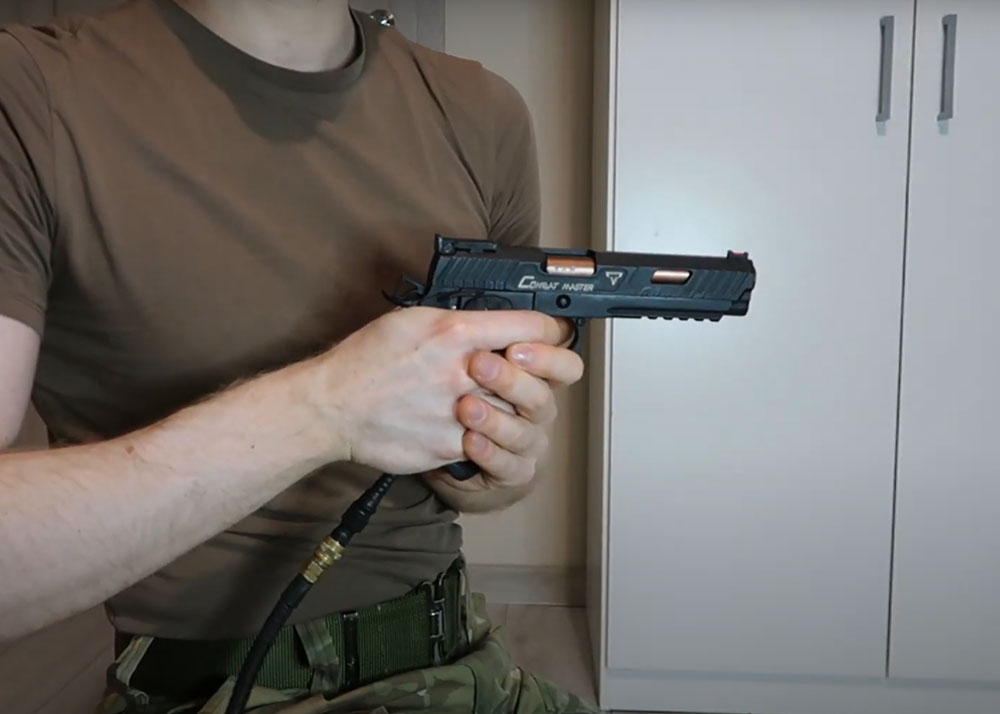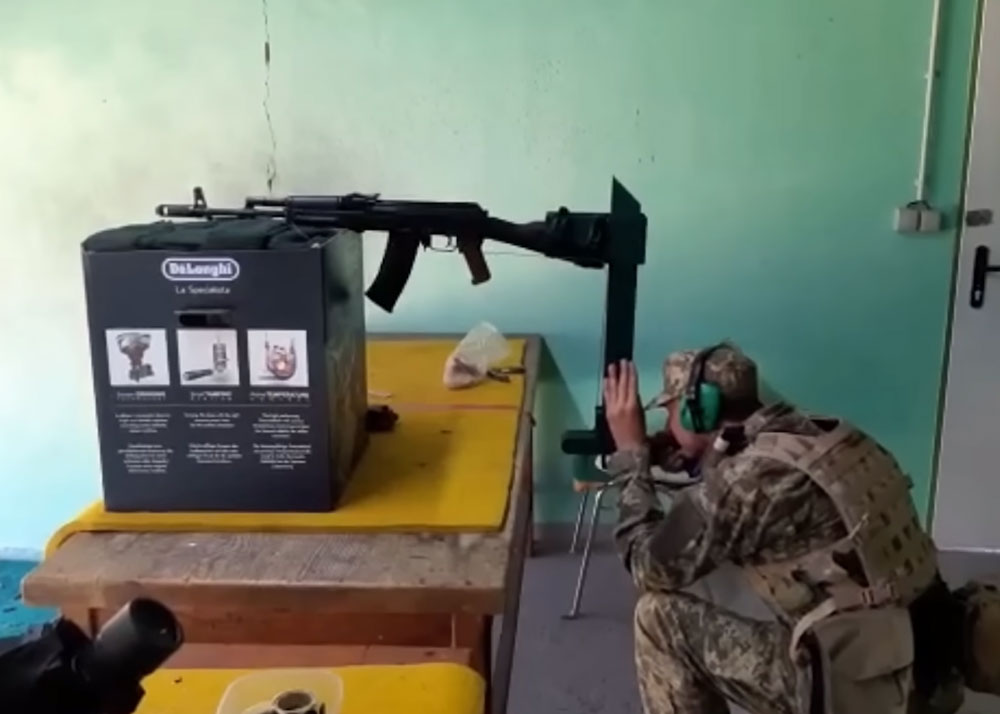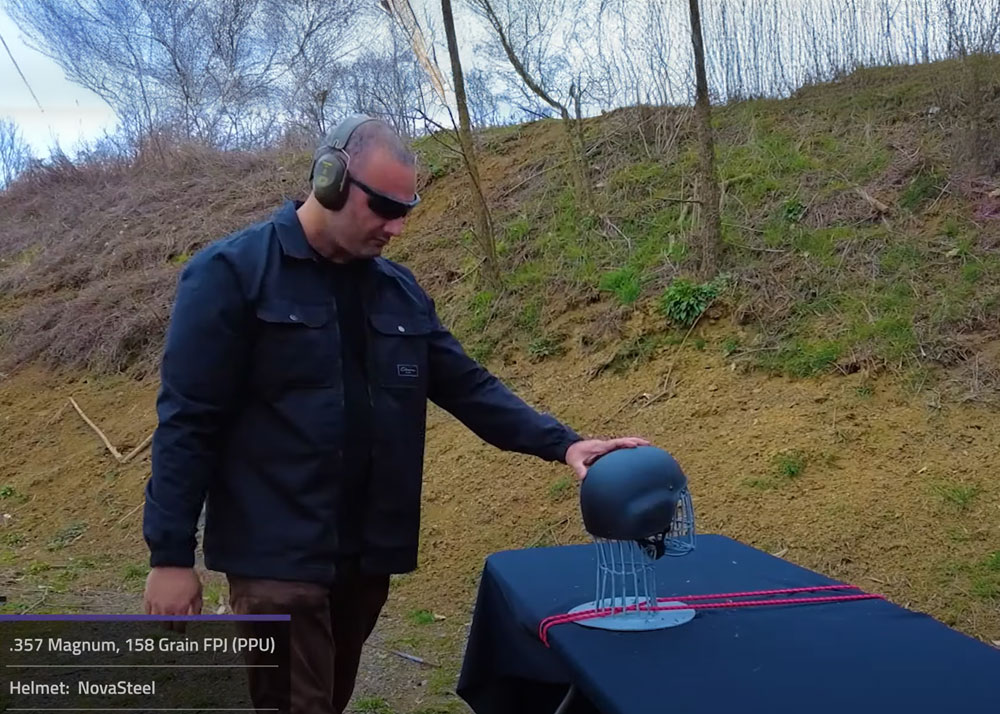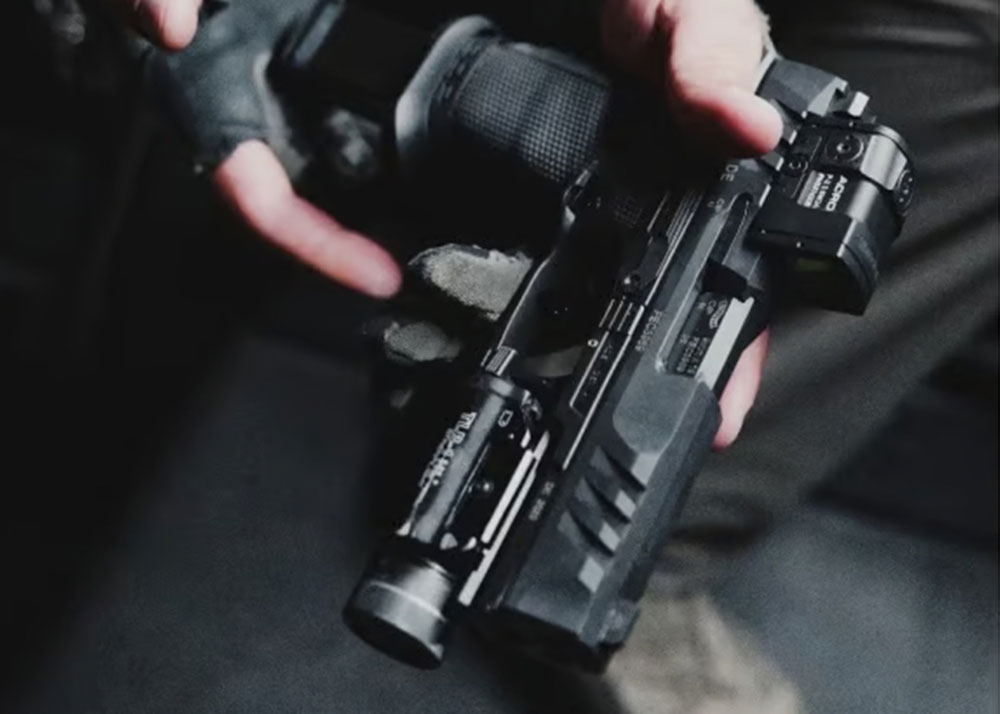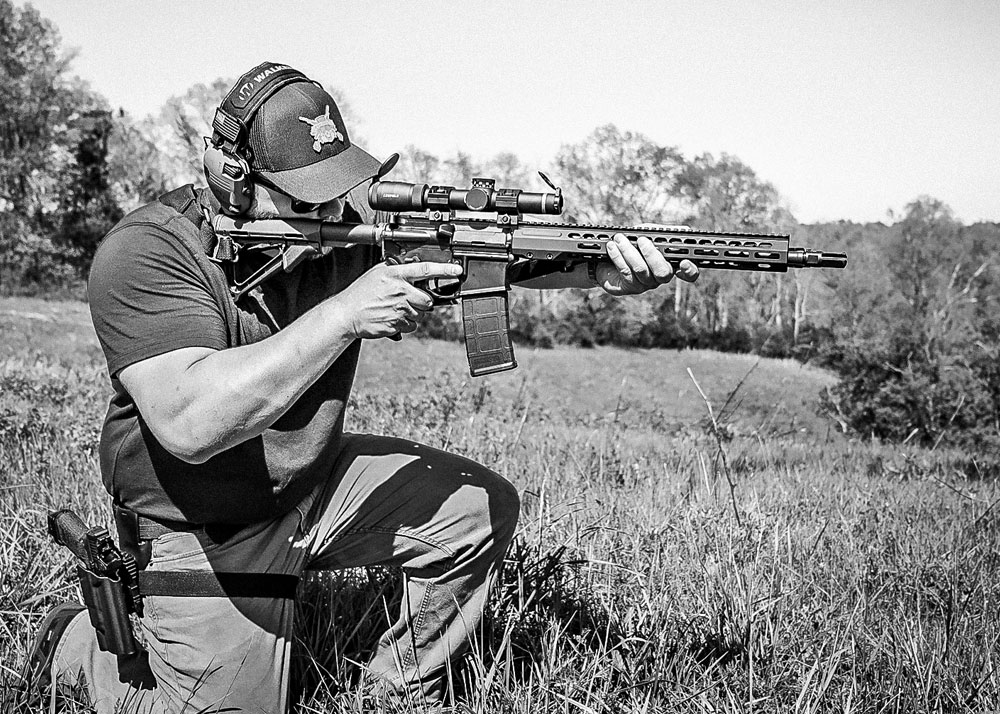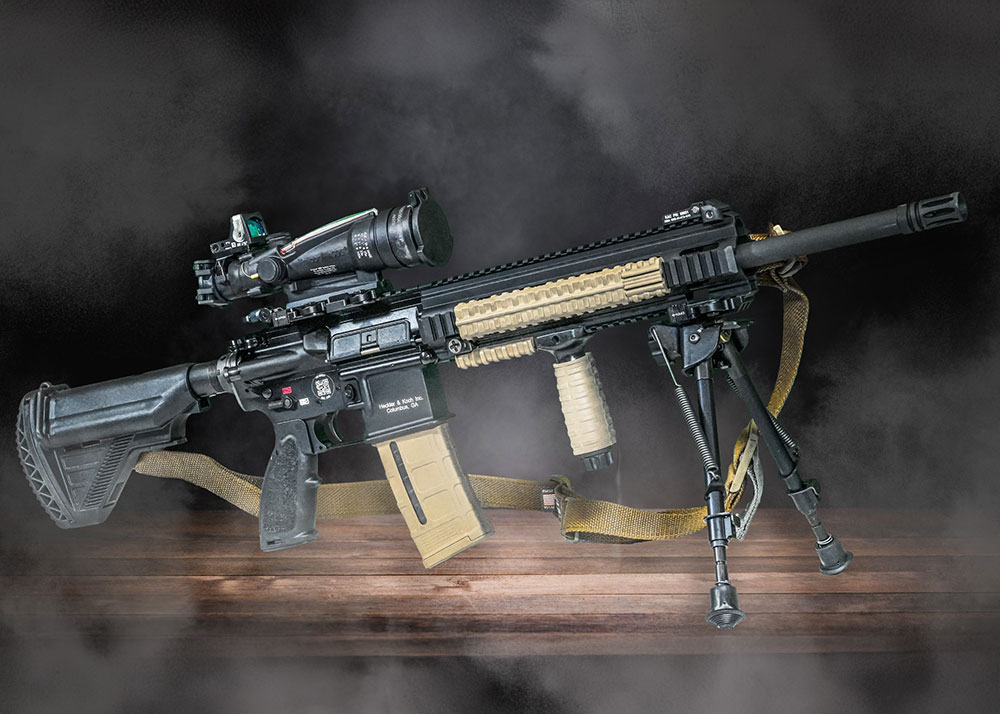The History Of The War Against IEDs Revealed
Gungho Cowboy
15 Jun 2011
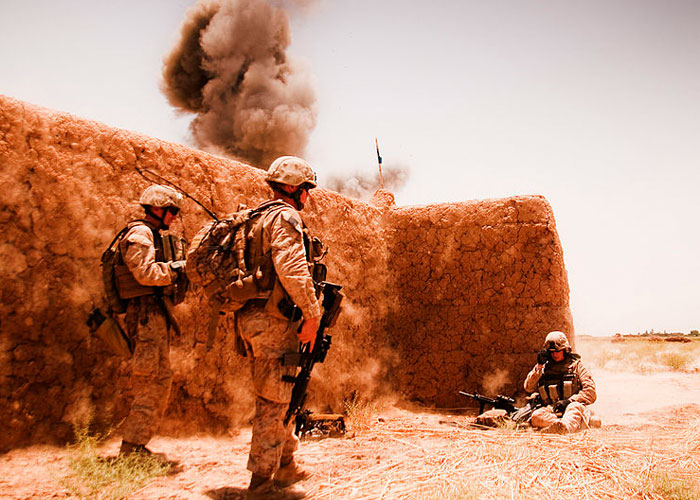
It can be finally be told in one clear, but grim manner. Wired Magazine's story "The Secret History of Iraq's Invisible War" has put together the never ending efforts of defeating improvised explosive devices (IEDs) by the US military. It was never easy, they were against an enemy using commercial off the shelf (COTS) gadgets that can trigger various bombs at a distance. It was a long and hard drawn battle in Iraq, with IEDs said to have accounted for 64% of US deaths. It costs the Pentagon US$17 Billion to defeat these devices, far more than how much the insurgents spent on trying to kill US soldiers.
It was an invisible war, and still is, even with this story written about sophisticated jammers that were developed to defeat the IEDs. But the story didn't start by indicating that all was well with the coalition forces in Iraq, the IEDs were exacting a heavy toll on troops, and the crude devices being setup by the Iraqi insurgents became one of the highest of priorities by the Pentagon to minimise and provide more safety for the troops. The development of such jamming devices to counteract IEDs were mainly a hit and miss affair, at the cost of human lives.
There were just too many devices that the soldiers need to jam, and these were mainly simple ones. Ranging from wired devices to remotely detonated IEDs using garage door openers, wireless fobs, cordless phones, to mobile phones that can hop from one frequency to another, various units tried to deploy various jamming devices to disrupt the frequencies, either to cause premature detonation or prevent such devices from exploding at all. It is imperative that preventing such devices from exploding is paramount as innocent civilians can be part of the casualty list, a no-no in trying to win the hearts and minds of the local populace.
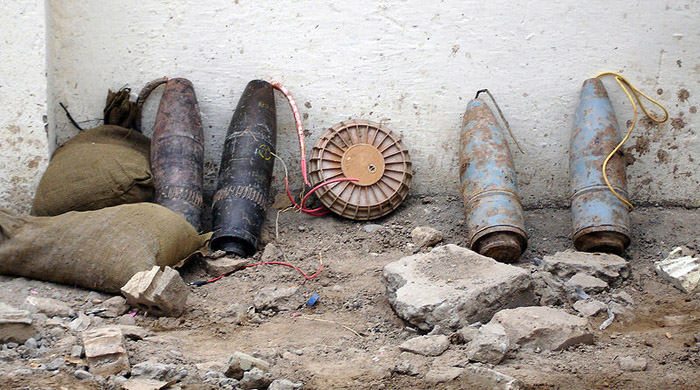
It's a cat and mouse game as the insurgents were always a step ahead, and the various services frantically developing, testing, and deploying IED defeating devices. The Warlock devices were effective in various ways, and some of the countermeasures were put into service without any guarantee to work at all, but they had to be used to really know their effectiveness. You may say the soldiers who used them were "guinea pigs" but then, there's really no sure way of gauging their real effectiveness until they get deployed in actual hostile environment.
The initial devices got mixed results, but then they helped in minimising the danger of IEDs, but not as desired. They wrecked havoc on communications, as they also prevent soldiers with radios from communicating with each other when these get activated, and even bomb-disposal robots get hampered by these devices.
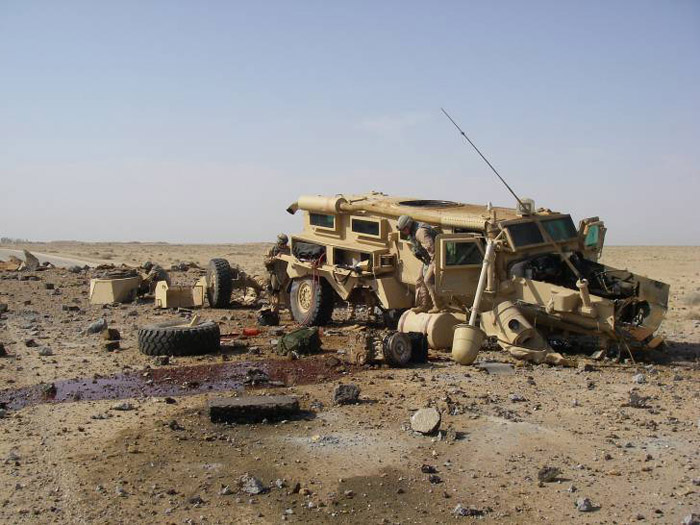
By 2007, CVRJs (CREW Vehicle Receiver/Jammer) systems developed by ITT that target the most advanced triggers were making a difference in the field. The casualties from IEDs went down dramatically, and forcing the insurgents to detonate IEDs manually, through wired detonation, where they will be forced out in the field and can be seen by the troops, allowing them to conduct preemptive actions. A victory against IEDs in Iraq can be called for, but the fight is not over.
Afghanistan is another theatre where IEDs are increasing their toll on troops. Most of the devices designed to defeat IEDs in Iraq cannot work in Afghanistan, since the IEDs being used by the Taliban are very low-tech, using wood and fertilizer, and thus do rarely have electronic components. They are not used to target vehicles, but are laid like traditional mines in gullies and footpaths --- areas where robots and vehicles cannot traverse. These can be said more like the old booby traps, reminding you of the Vietnam War.
The invisible war against IEDs still goes on. The crude killing technology developed by insurgents in Iraq and by the Taliban have found uses outside of these countries. As the Pentagon and companies develop countermeasures against IEDs, there will always be casualties, even if this story is about the IEDs used in Iraq and Afghanistan, the technologies that have been developed or are being developed will still be needed even if the Taliban have laid down their arms and peacefully integrated into the Afghan society, there will still be dangerous relics of such bombs lying around. That can be said of other countries scarred by insurgency or tribal wars that were fuelled by the arms race of the superpowers since the Cold War. Cambodia is one example, if these technologies that can detect IEDs can be used to clear such countries from the bombs and mines left behind, more lives can be saved, and even maimed lives can be prevented.
It's highly suggest that you read the full story at Wired Magazine.
(All photos here from Wikipedia)

